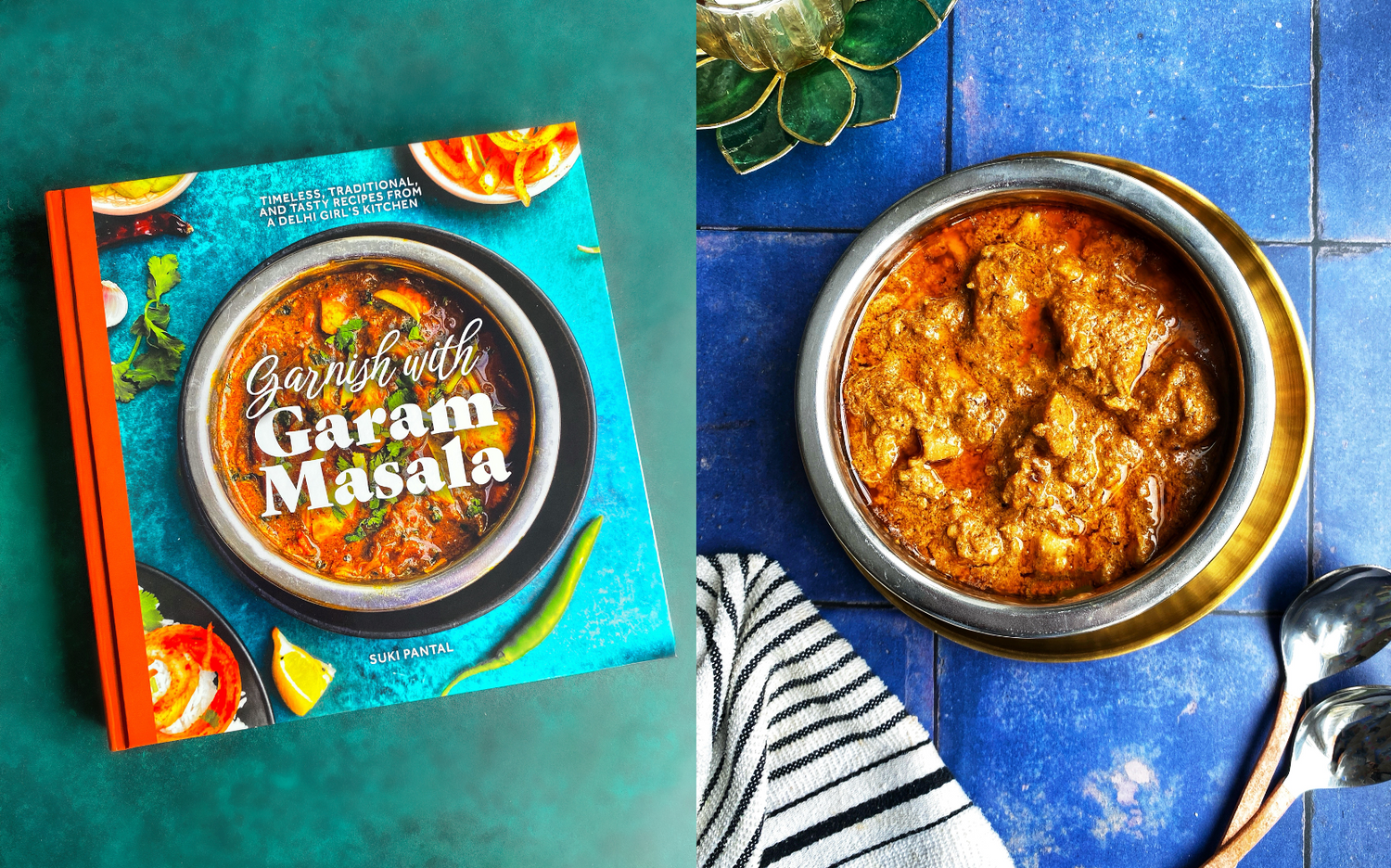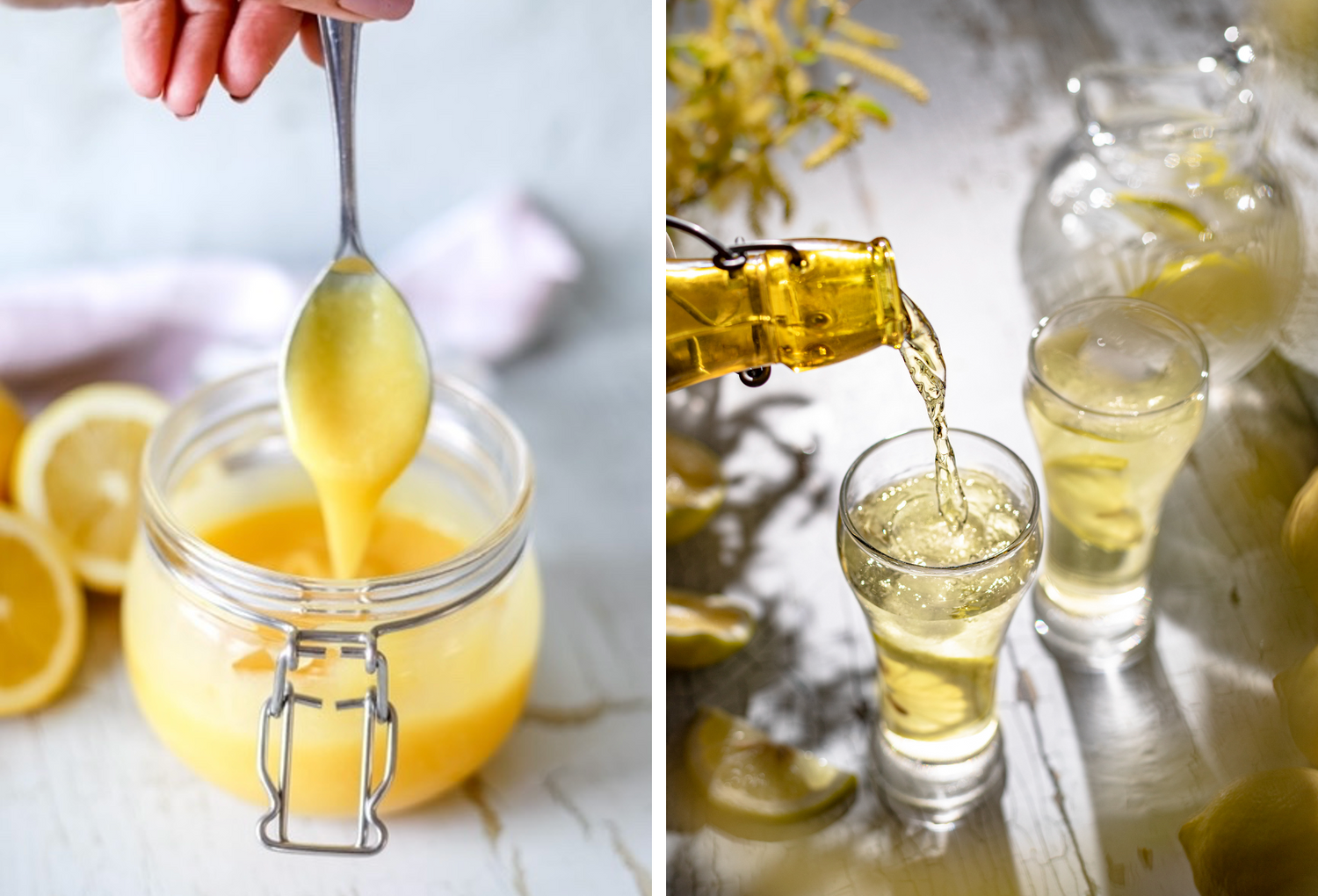Harnessing the Heat:
How Hard Light Can Transform Your Summer Shoots
Summer light can be intense - especially in a first-floor, southwest-facing studio. With the UK deep in a heatwave, it’s easy to take the sunshine for granted and reach straight for the trusty diffuser. But with plenty of cloudy days still to come, I reminded myself to make the most of it while it lasts. It sparked a few ideas on how hard light can shape your summer shoots and turn simple setups into bold, graphic images.
Coloured Glass Reflections
Over the years, I’ve slimmed down my glassware collection to a few favs: emerald greens, amethyst and ruby for a luxe, cinematic vibe, plus softer shades like pale blues and browns. On a sunny day, they cast gorgeous translucent pools of colour across your backdrop. This is when a classic backdrop does the heavy lifting – pale neutrals really give those shapes space to glow. If you’re looking to add some coloured glass to your collection, start by scouring local charity shops for vintage finds. Or head for Homesense - it always has great pieces in stock!

Shadows as Design
One of the biggest mindset shifts with hard light is to stop avoiding shadows. When you're working with strong sunlight, shadows become a feature and play a starring role in the composition. Always leave some clear space for them to fall (so they're not smothering your hero dish).
And if you’re feeling adventurous, this is where GOBOs come in (that’s “go between objects,” like lace, leaves and even old colanders). They interrupt the light and cast patterned shadows. My current favourite are palm leaves. It takes a bit of trial and error to get it looking spot on, but when it works, it gives a dreamy open-air, tropical-kitchen vibe.

Texture: Friend and Foe
Hard light loves texture. It’s brilliant for showing off shiny glazes, icy surfaces and glossy ingredients. It adds dimension and makes specular highlights pop. But it also has a brutally honest side. Smears, crumbs, fingerprints; you'll spot them immediately. Even creases in a napkin or tablecloth can become deep, shadowy troughs that feel a bit chaotic.
Matte or slightly textured surfaces tend to be the safest bet when you're styling in strong light. Glossy surfaces bounce too much light around and flatten the whole scene. And even a small shiny spoon could look too 'grabby'.

White Balance and Colour Temperature
Hard light is at its clearest and brightest around midday and has a crisp, white tone perfect for al fresco tablescapes. As the afternoon rolls on it picks up a golden warmth and shadows lengthen. It's a great time for shooting curries - notorious for looking flat in soft light - hard light brings out the reds, oranges and saffron tones beautifully.
Here's an image of an Indian dish called Pav Bhaji, popular in Mumbai. It's a great example of hard light styling in food photography, vibrant, high contrast and full of texture.

What’s Working Well:
- Hard light shadows are doing exactly what they should: creating sharp, dramatic edges that add dimension and texture.
- Surface texture is beautifully lit - the shine on the butter, the glisten of the tomato base and the pops of fresh onion and coriander are all enhanced by the specular highlights.
- Colour vibrancy is spot on. The deep reds, golden toast and the contrast with the cool metal plate - it’s all working hard.
- Storytelling elements like the butter, the newspaper and the chai glass ground it culturally and emotionally. It feels real and immediate.
Thoughts on Exposure:
- It’s not overexposed but it's teetering on the edge: the highlights on the lemon and butter are just starting to clip.
- When working with hard light in food photography, you need to strike a balance between capturing bright highlights and avoiding blown-out spots. When in doubt, expose for the highlights. You can lift the shadows in post, but once highlight detail is gone, it’s gone. A rough trick? Just watch the brightest bit of your frame. If you can’t see texture, (like on the lemon and butter) then dial it down a notch. On your camera, use the exposure compensation dial and turn it to −0.3 or −0.7.
Hard light takes a bit of practice but once you get the hang of it, it opens up a whole new way of seeing and styling food. Why not give it a go this summer?
Happy styling!
Sarah,
And a big thanks to Sophie for all her inspiring images!
5 backdrops perfect for beginners
Playing with colour theory in food styling





